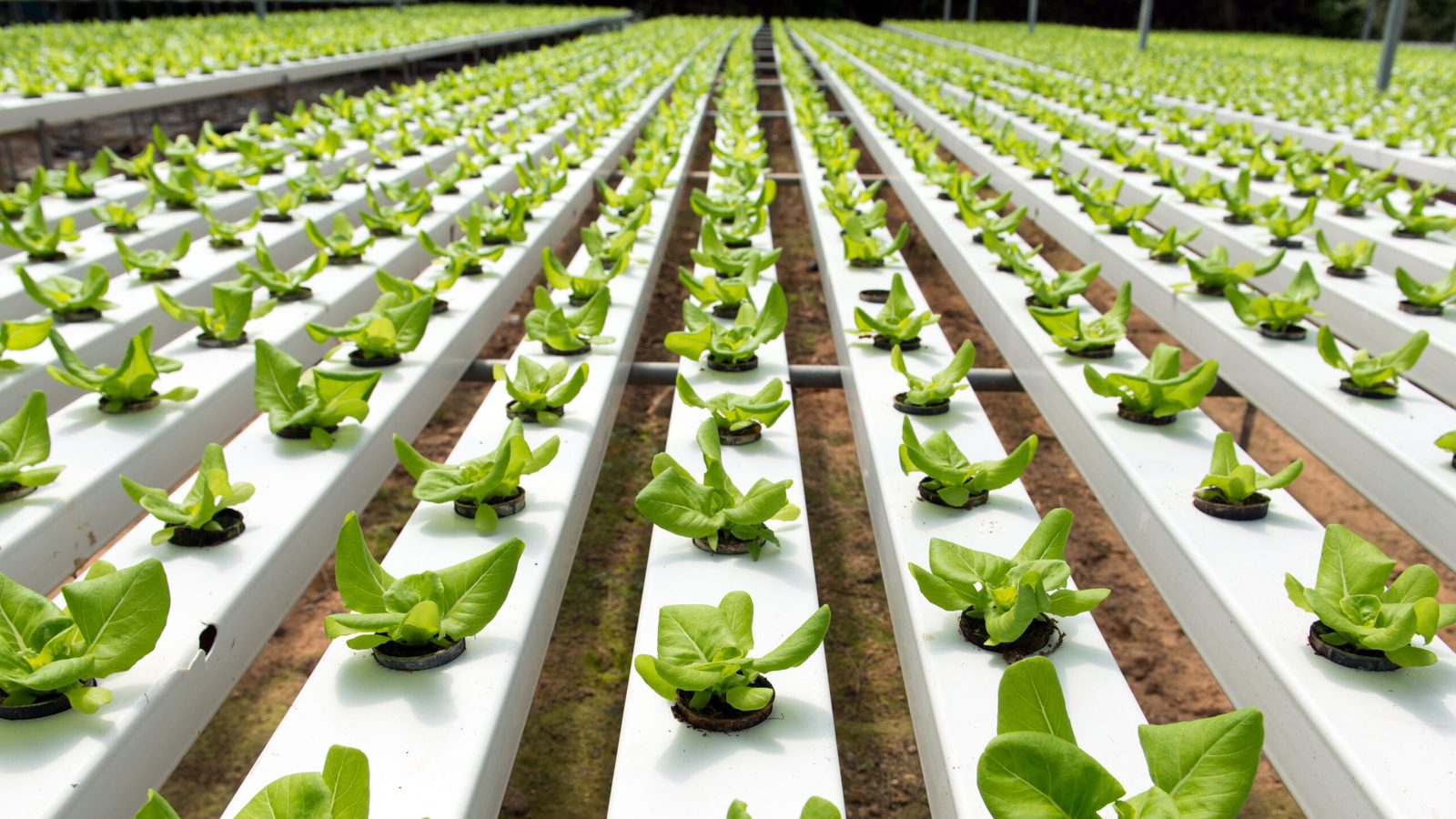We investigate how investing in climate adaptation could help protect our planet’s future.
In the latest Double Take, we turned our investigative lens toward the ever-present climate crisis. The global initiative to reach net-zero emissions by 2050 is beginning to look less attainable. While reducing carbon emissions continue to be of paramount importance, growing in prominence is the conversation around adapting to climate change.
Joining us to discuss adaptation was Robert Pindyck, Professor of Applied Economics at the MIT Sloan School of Management, and author of Climate Future: Averting and Adapting to Climate Change. Investing the incremental dollar today in climate crisis avoidance technologies like electric vehicles, solar farms, wind farms and the like is not necessarily in vain, Pindyck said, but these methods for reducing emissions have not proven to be the most cost-advantageous or efficient:
We should reduce emissions efficiently, meaning at the lowest possible cost. The way to do that is not by subsidising electric vehicles. The way to do that is with a carbon tax, and a carbon tax imposes a cost on people for using carbon, burning carbon and thereby imposing damage to the environment and the planet.
Robert Pindyck, Professor of Applied Economics at the MIT Sloan School of Management, and author of Climate Future: Averting and Adapting to Climate Change
According to Pindyck, the case for focusing on adaptation is rooted in the massive uncertainty embedded in most climate predictive models. He believes uncertainty works both ways, meaning current predicted outcomes may not be as bad as forecasted, but they could also be worse. The possibility of the latter scenario, for Pindyck, underscores the need for climate adaptation strategies:
I think of it in terms of buying insurance. The reason we need to take actions today is to buy insurance against the possibility, not the certainty, (of) the possibility of an extremely bad climate outcome.
Robert Pindyck
There are existing relatively cost-efficient and easily implemented adaptation solutions, according to Kristin Ellis, another of our recent Double Take guests. Ellis, a partner at venture capital firm Lower Carbon Capital, which emphasises the importance of scalability, pointing to adaptation strategies aimed at agricultural and industrial water efficiency.
A common misconception about water stress, Ellis says, is that it is driven by wasteful usage, like taking long showers or leaving the sink on. The reality, she says, is that the main use of freshwater in the United States is agricultural, with excess usage resulting from over-irrigation. One company Lower Carbon invests in is developing a universal retrofit for inefficient legacy irrigation systems, which enables farmers to control water use from a smartphone. With millions of gallons of water already saved on over one hundred farms in the upper Northwest of the US, Ellis says this represents one example of a promising existing technology that is ready to be deployed.
Ellis is optimistic on the state of clean technology today, which saw its first wave of investment in the early 2000s but had a disappointing reception, in part due to how expensive capital expenditure and operational expenditure were at the time. Much has changed since then, she said:
Manufacturing is becoming orders of magnitude easier and cheaper. Electrochemistry, gene-editing technologies, all of this has come so far in the last decade and a half that many of today’s founders can piggyback on the work of people who took stabs at this before. We also have this burgeoning generation of scientists and technologists who actually went into training under the looming dark cloud of the omnipresent threat of climate change, and the accelerating pace at which we’re seeing things get worse.
Kristin Ellis, Partner, Lower Carbon Capital
Ellis believes this second wave of early-stage clean technology investing is soon likely to offer a plethora of opportunities for investors.
We have to face that fact that we’ve already locked this planet into at least 1.2 degrees Celsius of warming, and in doing so, we’ve locked billions of people, primarily the most vulnerable among us who are the least responsible for this state of affairs, into devastating consequences. So scalable technology is one of the few things that can actually help mitigate the impacts of things like extreme weather, reduced crop yields, water insecurity, you name it.
Kristin Ellis
As clarion calls grow louder with each passing year, investment in clean technology appears to grow concurrently. We believe the key will be identifying companies that are trying to remove carbon from the atmosphere, companies that are reducing emissions and companies that are helping the world’s population to adapt and be more resilient to a changing climate.
Subscribe to ‘Double Take’ on your podcast app of choice or view the Adapting to climate change or Investing in climate adaptation episode page to listen in your browser.
This is a financial promotion. These opinions should not be construed as investment or other advice and are subject to change. This material is for information purposes only. This material is for professional investors only. Any reference to a specific security, country or sector should not be construed as a recommendation to buy or sell investments in those securities, countries or sectors. Please note that holdings and positioning are subject to change without notice. This article was written by members of the NIMNA investment team. ‘Newton’ and/or ‘Newton Investment Management’ is a corporate brand which refers to the following group of affiliated companies: Newton Investment Management Limited (NIM) and Newton Investment Management North America LLC (NIMNA). NIMNA was established in 2021 and is comprised of the equity and multi-asset teams from an affiliate, Mellon Investments Corporation.
Important information
Issued by Newton Investment Management Ltd. ‘Newton’ and/or ‘Newton Investment Management’ is a corporate brand which refers to the following group of affiliated companies: Newton Investment Management Limited (NIM), Newton Investment Management North America LLC (NIMNA) and Newton Investment Management Japan Limited (NIMJ). NIMNA was established in 2021 and NIMJ was established in March 2023. In the United Kingdom, NIM is authorised and regulated by the Financial Conduct Authority (‘FCA’), 12 Endeavour Square, London, E20 1JN, in the conduct of investment business. Registered in England no. 01371973. Registered office: 160 Queen Victoria Street, London, EC4V 4LA, UK. NIM and NIMNA are both registered as investment advisors with the Securities & Exchange Commission (‘SEC’) to offer investment advisory services in the United States. NIM’s investment business in the United States is described in Form ADV, Part 1 and 2, which can be obtained from the SEC.gov website or obtained upon request. NIMJ is authorised and regulated by the Japan Financial Services Agency (JFSA). All firms are indirect subsidiaries of The Bank of New York Mellon Corporation (‘BNY’).






